Racking up the courage to try barrel tasting: What to look for in very young wine
If you’ve gone tasting a few times, you might have heard the term “barrel tasting” being thrown around — which, luckily, isn’t literal. Maybe you’ve watched or participated in it, and saw the winemaker stick some long eyedropper doohickey into a barrel and fill your glass with something that tastes absolutely nothing like the red wines you’ve grown to know and love.
That’s because they aren’t like those red wines. Not yet. They’re still young and developing, and the tasting you’re doing is an opportunity to sample during the aging process prior to bottling.
The process of barrel sampling is invaluable to winemakers. Similar to the way chefs have to taste their food as they cook, winemakers have to taste wines as they mature throughout the aging of the vintage.
Wines evolve constantly based on hundreds of variables, from the oak barrels that are used to age them, to the natural levels of sugar and acidity in the grapes at harvest. Aside from regular checkups, winemakers sample wines directly from the barrel when they’re preparing to blend.
But barrel tastings offered to the public have become increasingly common and popular over the years, too. A barrel sample can give wine aficionados a peek into what’s in store for upcoming vintages, as well as insight into a winery’s winemaking process — and for the rest of us, it’s a fun way to get a more hands-on wine tasting experience.
So let’s dive in a little, why is barrel tasting important, anyway?
Barrel tasting can give you the opportunity to taste incredible variation among wines from a single vintage. During the bottling process, multiple barrels of one variety or more are blended together. And each barrel is a little unique. Where one barrel could give off strong toasted notes, its neighbor could be more subdued and light — stemming from subtle differences in coopering, age, and conditioning.
Not to mention that the spot in the barrel where the sample is taken from can actually make a difference — but that’s usually a bigger issue with steel tanks.
OK, but how does it work?
Wine samples are usually removed from the barrel by a wine thief — which could, theoretically, be a person who sneaks around wearing a mask and stealing wine, but in most circumstances is a glass or plastic pipette that pulls measured amounts of wine from the barrel’s bung hole.
Yes, the opening in a wine barrel is called a bung hole. Yes, it’s funny. No, the winemaker probably won’t appreciate bung hole-related jokes as much as you and I do.
The samples are usually poured into sealable containers and then quickly assessed. Unlike their grownup, bottled selves, barrel samples oxidize and take a turn for the worse very quickly. After all, this is young, young wine we’re talking about. At this stage in its life, you’re not looking for something to enjoy with a hearty dinner, you’re looking for its future potential.
What do I actually look for while barrel tasting?
Set up a mental checklist, like you would with regular wine tasting. Make allowances for the youth of the wine — especially regarding depth and complexity. Wine is often a big boom of overwhelming flavor when it doesn’t have time to mature. And the acid and tannins in the wine can make it taste especially sharp if you’re not expecting them.
Take a good look at the sample before you taste it. What color is it? With red wines, you can guestimate its youth by looking for blue-purple tones. The more blue the wine is, the younger.
Then get a good sniff. You know, that full-body-deep-breath-in kind of sniff. But know that the scent might be unusual. If a wine has been racked recently, there could be a lot of gas on the nose. And because the wine is so young, there might only be one or two fruity aromas. Don’t be surprised if the sample’s aromatics are slight, a lot of them are just late bloomers.
When you finally get to tasting, be ready for an intense rush of tannins, acid, and fruit. This can be pleasant for some people, but a kick in the teeth for others. Either way, take a moment to look for balance as you taste.
After, try a few of the bottle-aged wines to cleanse your palate before doing another sample.
You will acclimate to the acid and tannins quicker than you think — and you should avoid judging bottle-aged wines during the barrel samples because your palate will be busy changing to work with the sharpness of the samples.
Try to determine the timing of the young wine’s tannins on your palate. A good young wine will generally be fruity and acidic up front with a tannic finish. This is one indication that the wine is balanced. But be patient, wines are aggressive when they’re young (weren’t we all) on the palate and it can take a few sips to really characterize the progression.
Sometimes a wine will be amazing, even though it’s months away from bottling. This doesn’t mean that the wine won’t be good after bottling, but that it’s probably best enjoyed in its youth. This happens most often with wines made from thin-skinned grapes that have naturally low tannins, such as Zinfandel.
Don’t be afraid to like a wine during the barrel tasting. Instead. Make sure to check it out right after it’s bottled — you’re practically guaranteed to love it.
